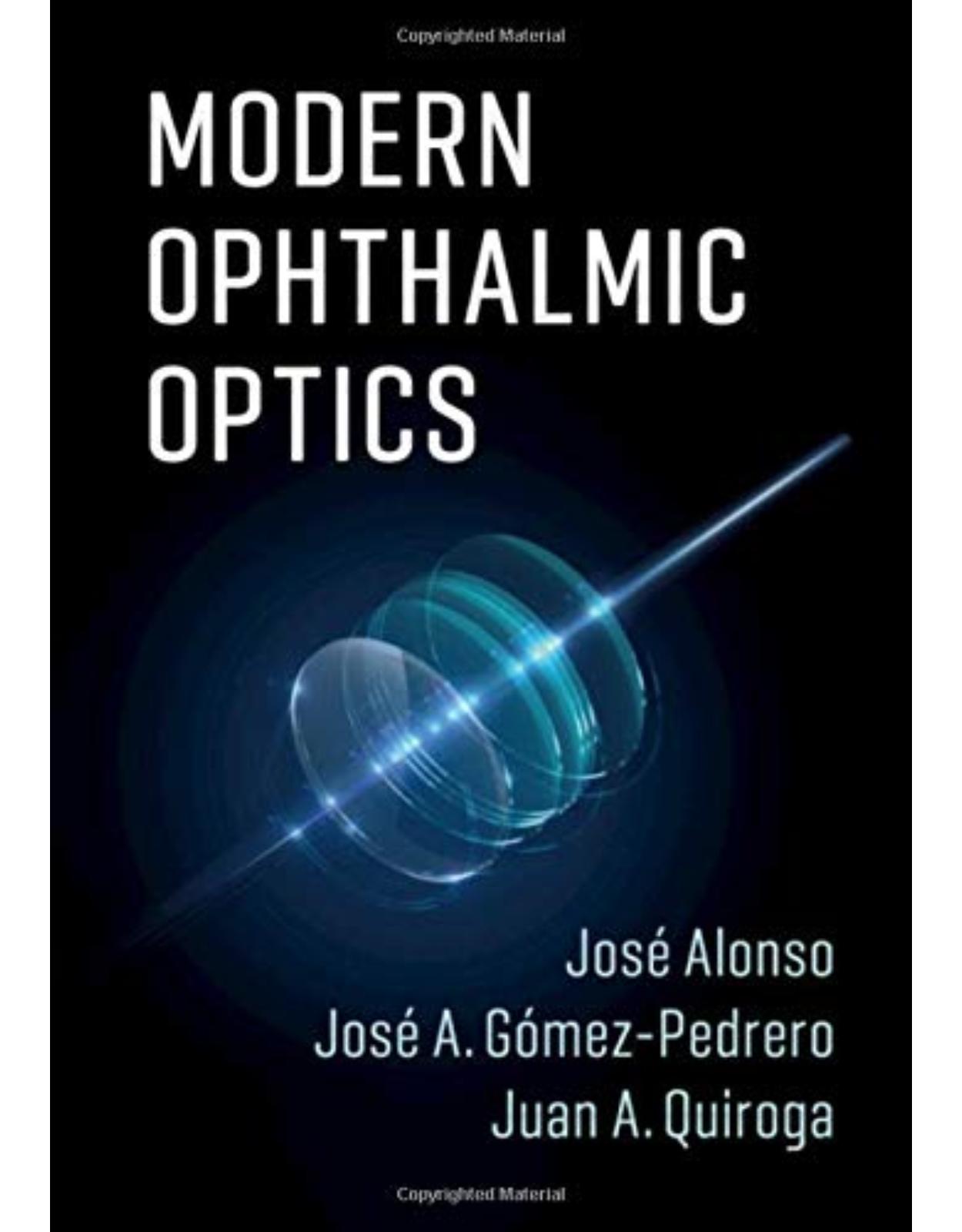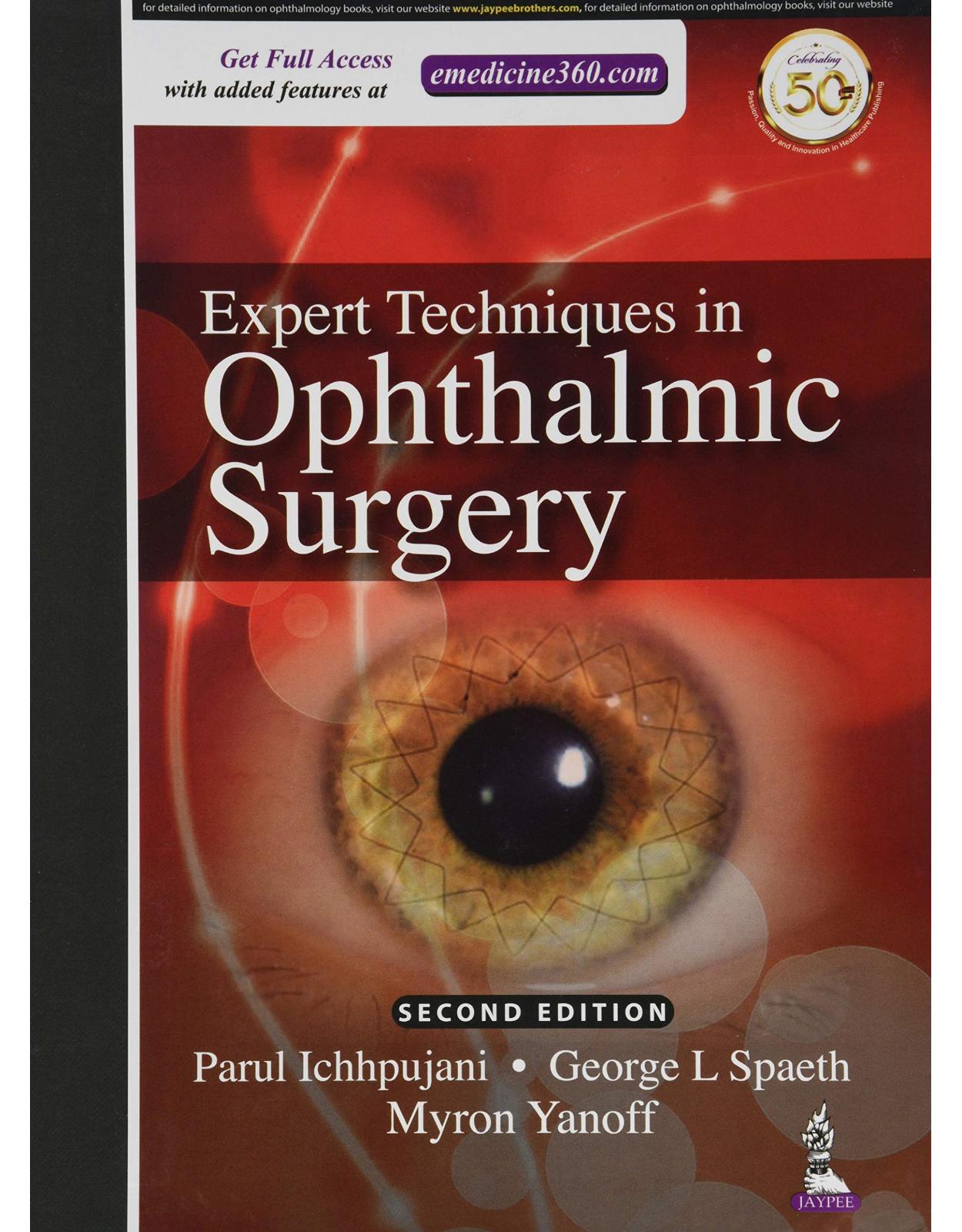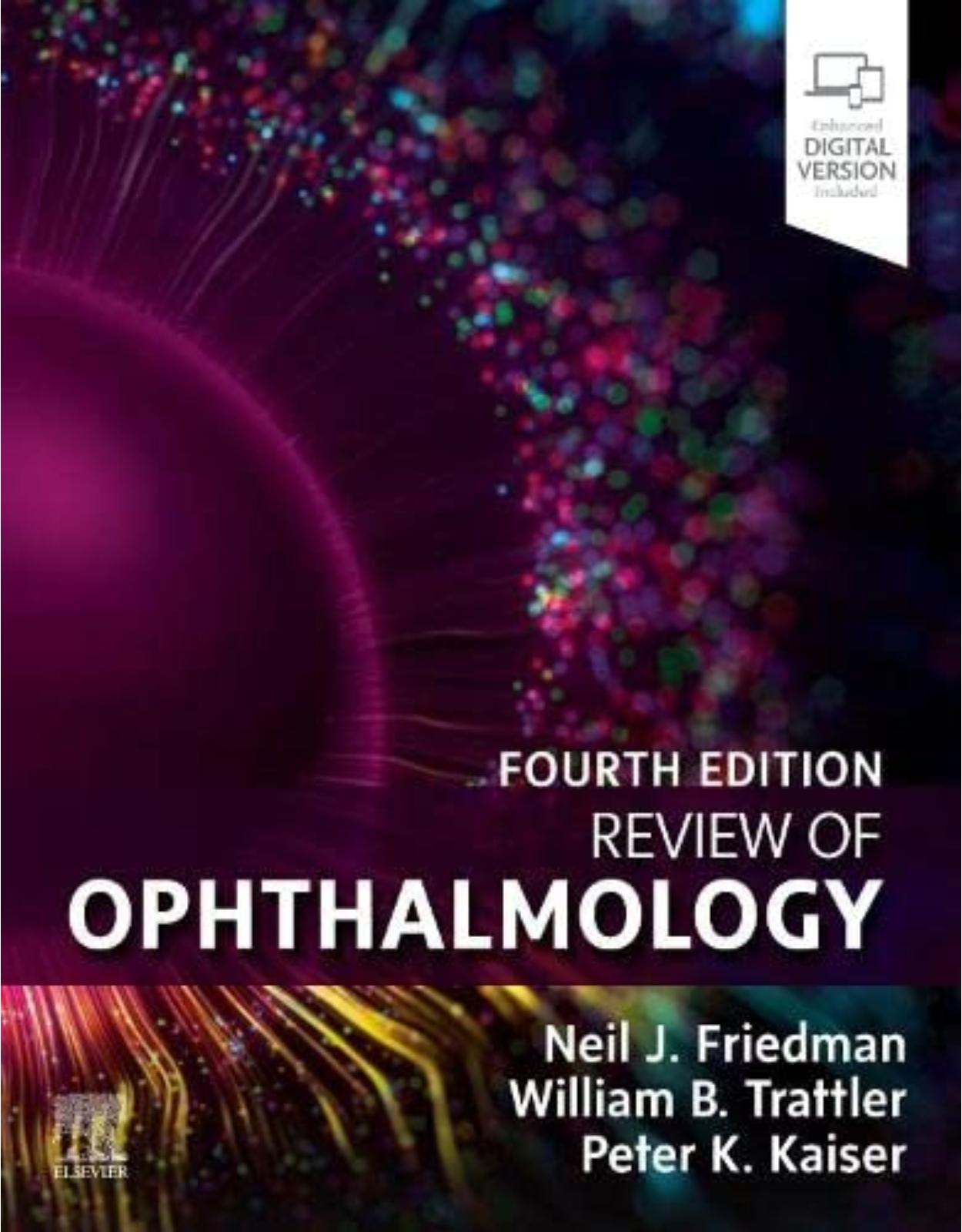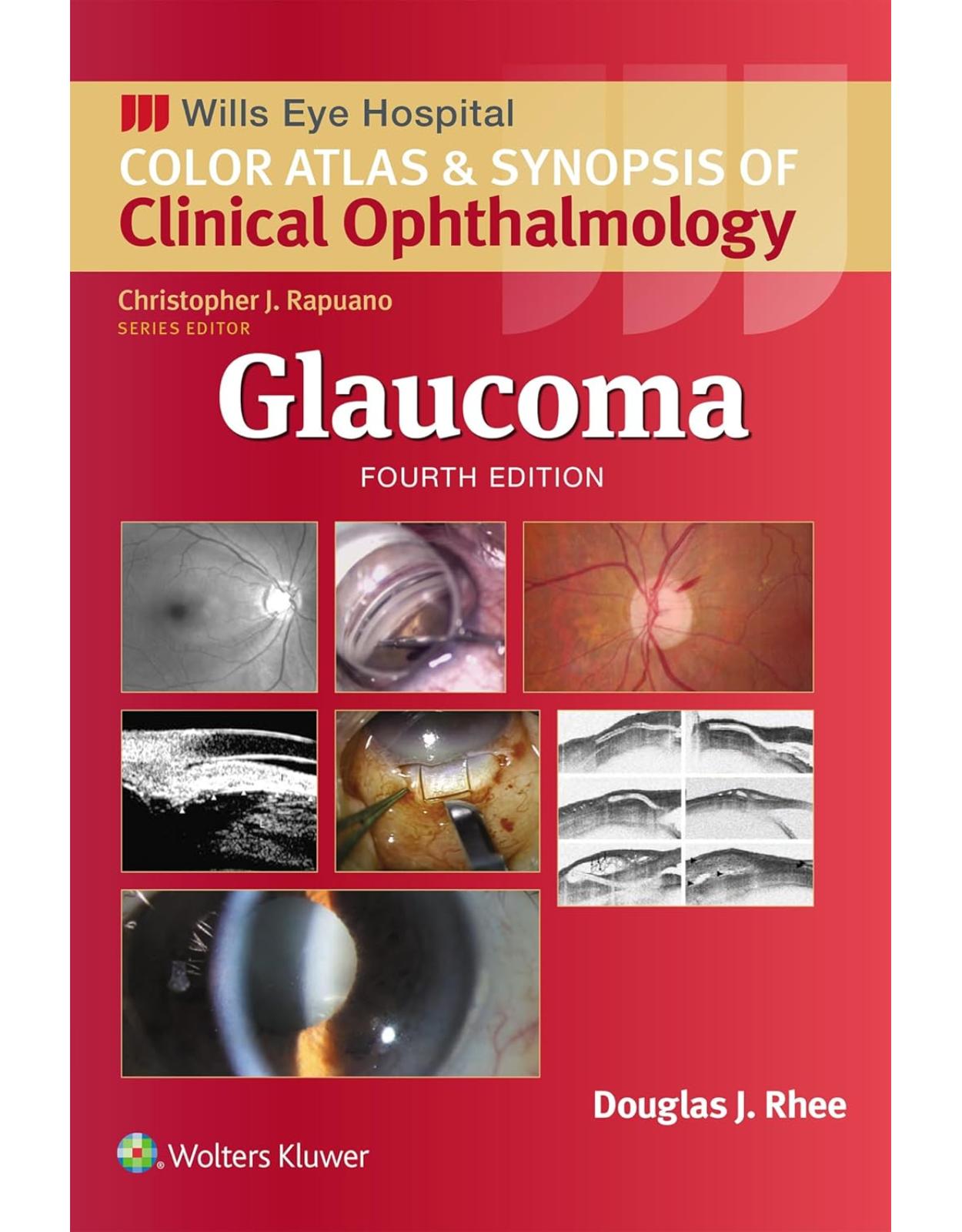
Modern Ophthalmic Optics
Livrare gratis la comenzi peste 500 RON. Pentru celelalte comenzi livrarea este 20 RON.
Disponibilitate: La comanda in aproximativ 4 saptamani
Editura: Cambridge University Press
Limba: Engleza
Nr. pagini: 562
Coperta: Hardcover
Dimensiuni: 17.78 x 3.05 x 25.4 cm
An aparitie: 11 April 2019
Description:
This book is a comprehensive account of the most recent developments in modern ophthalmic optics, ideal for researchers, manufacturers and practitioners. Topics discussed include free-form technology, modern lens materials, measuring techniques, contact and intraocular lenses, progressive power lenses, ocular protection and coatings.
Table of Contents:
1 Ophthalmic Materials
1.1 Introduction
1.2 History of Glass and Glass Manufacturing
1.3 Glass Properties
1.3.1 Composition
1.3.2 Refractive Index and Dispersion
1.3.3 Transmittance
1.3.4 Mechanical Properties
1.3.5 Chemical Properties of Glass
1.4 History of the Optical Polymers Employed in the Ophthalmic Industry
1.5 Properties of Optical Polymers
1.5.1 Composition and Manufacturing of Polymers
1.5.2 Optical Properties of Polymers
1.5.3 Mechanical Properties of Polymers
1.5.4 Chemical and Biological Properties of Polymers
1.6 Summary of Ophthalmic Materials
2 Surfaces in Ophthalmic Lenses
2.1 Introduction
2.2 Surfaces with Revolution Symmetry
2.2.1 Sphere
2.2.2 Conicoids
2.2.3 Other Aspherics with Revolution Symmetry
2.3 Surfaces with Axial Symmetry
2.3.1 Cylinder
2.3.2 Toric Surfaces
2.3.3 Astigmatic Surfaces with Aspherical Sections
2.4 Surfaces with Many Degrees of Freedom
2.4.1 Mesh-Defined Surfaces
2.4.2 Surfaces Defined by Polynomials
3 Wavefronts and Rays
3.1 Introduction
3.2 Vergence and Wavefront
3.2.1 Vergence of Spherical Wavefronts
3.2.2 Vergence of Astigmatic Wavefronts
3.3 Ray Propagation
3.3.1 Propagation of Astigmatic Vergences
3.4 Refraction
3.4.1 Snell’s Law in Space
3.4.2 Abbe’s Invariant for Astigmatic Systems
4 Single Vision Lenses
4.1 Introduction
4.1.1 Matrices and Lens Power
4.2 Geometrical Aspects
4.2.1 Classification Based on the Curvature Radius of the Lens Surfaces
4.2.2 Classification Based on the Type of Surfaces
4.2.3 Lens Thickness
4.3 Paraxial Optical Properties
4.3.1 Optical Axis and Optical Center
4.3.2 Back Vertex Power
4.3.3 Thin Lens Approximation
4.3.4 Forms of Astigmatic Power: Spherocylindrical and Crossed-Cylinder
4.3.5 Power Referred to Principal Planes
4.3.6 Paraxial Computations for Ophthalmic Lenses
4.3.7 Spherotoric Lenses: Computing Power by Meridians
4.3.8 Relationship between Lens Power and Thickness
5 The Lens-Eye System
5.1 Introduction
5.2 Basic Optical Physiology
5.2.1 The Eye
5.2.2 Eye Aberrations and Refractive Errors
5.2.3 Eye Aberration, Refractive Error and Zernike Polynomials
5.2.4 The Nature of Curvature: Matrix and Vector Representation
5.3 Compensation of Refractive Errors
5.3.1 Large Field Compensation
5.3.2 Compensation Principle for Refractive Errors
5.3.3 The Size of the Eye, Emmetropization and Myopia
5.3.4 Visual Acuity
5.4 Prismatic Effects
5.4.1 Propagation and Refraction of Rays through Astigmatic Systems
5.4.2 Thin Plane Prisms
5.4.3 Deviation of Small Beams by Ophthalmic Lenses: Eye Deviation
5.4.4 Prismatic Effect and Lens Thickness
5.4.5 Prismatic Imbalance
5.4.6 Decentered Lenses
5.5 Magnification and Field of View
5.5.1 Field of View
5.5.2 Magnification
5.5.3 Aniseikonia
6 Aberrations and Lens Design
6.1 Introduction
6.2 Aberrations of the Lens-Eye System
6.3 Classical Theory of Ophthalmic Lens Design
6.3.1 Lenses with Revolution Symmetry
6.3.2 Design of Astigmatic Lenses and Exact Ray Tracing
6.3.3 Lens Optimization for the Static Eye: Control of Peripheral Defocus
6.4 Modern (“Free-Form”) Lens Design
7 Optics of Contact and Intraocular Lenses
7.1 Introduction
7.2 Optical Properties of Contact Lenses
7.2.1 Power of Rigid (RGP) Contact Lens with Spherical Surfaces
7.2.2 Power of RGP Contact Lenses with Toric Surfaces
7.2.3 Power of Soft Contact Lenses
7.3 Multifocal Contact Lens Designs
7.4 Optical Properties of Intraocular Lenses
7.5 Design of Multifocal Intraocular Lenses
8 Multifocal Lenses
8.1 Introduction
8.2 Presbyopia and the Compensation of Near Vision
8.2.1 Accommodation and the Presbyopic Eye
8.2.2 Near Vision and Lens Effectiveness
8.2.3 Compensation of Presbyopia: Ranges of Clear Vision
8.3 Bifocal Lenses
8.3.1 Introduction
8.3.2 Thin Lens Model of Bifocal Lenses: Power Relations
8.3.3 Thin Lens Model of Bifocal Lenses: Prismatic Effects
8.3.4 Image Jump
8.4 Progressive Lenses
8.4.1 Introduction
8.4.2 Low-Curvature Model of a Progressive Surface
8.4.3 Characteristics of Progressive Lenses
8.4.4 Progressive Lens Performance
8.4.5 Free-Form Technology and Custom-Designed PPLs
9 Low Vision Aids and High Power Lenses
9.1 Introduction
9.2 The Problem of Low Vision Compensation
9.2.1 Defining Low Vision
9.2.2 Compensating Low Vision: Visual Magnification
9.2.3 Role of Field of View, Depth of Field and Image Quality in Low Vision Compensation
9.3 Low Vision Aids for Close Objects: Magnifiers
9.3.1 Optical Characteristics of a Magnifier
9.3.2 Optical Design of Magnifiers
9.4 Low Vision Aids for Distant Objects: Telescopes
9.4.1 Afocal Telescopes
9.4.2 Nonafocal Telescopes
9.4.3 Other Optical Properties of Telescopes: Field of View and Depth of Focus
9.4.4 Telescopes in Near Vision: Telemicroscope
9.5 Low Vision Aids: Field Increasing Aids
9.6 High Power Ophthalmic Lenses
9.6.1 High Power Positive Lenses
9.6.2 High Power Negative Lenses
10 Lens Manufacturing and Measurement
10.1 Introduction
10.2 Lens Surfacing
10.2.1 Lapping
10.2.2 Sphero-Torical Generators
10.2.3 Free-Form Surfacing
10.2.4 Injection Molding and Casting
10.3 Free-Form Lens Manufacturing
10.4 Lens Measurement
10.4.1 Lens Gauges and Spherometers
10.4.2 Focimeters (Optical or Digital)
10.4.3 Lens Mappers
10.4.4 PPL Measurement and ISO Standards
11 Filters and Coatings
11.1 Introduction
11.2 Ocular Hazards Due to Electromagnetic Radiation
11.3 Filters for Ocular Protection
11.3.1 Optical Characteristics of Ophthalmic Filters
11.3.2 Types of Ophthalmic Filters
11.3.3 Prescription of Ophthalmic Filters
11.3.4 Occupational Eye Protective Devices
11.4 Anti-Reflective Coatings
11.4.1 Ghost Images
11.4.2 Thin Film Anti-Reflective Coatings
11.5 Other Coatings
11.5.1 Hard Coatings
11.5.2 Hydrophobic Coatings
11.5.3 Order of Deposition and Compatibility
Appendix A Frames
A.1 Historical Notes
A.2 Frame Materials
A.2.1 Plastics
A.2.2 Metals
A.2.3 Composite and Special Materials
A.3 Elements and Dimensions of Frames
A.3.1 Elements of a Plastic Frame
A.3.2 Elements of a Metallic Frame
A.3.3 Elements of a Rimless Frame
A.3.4 Spectacle Lens Frame Dimensions and Markings
A.4 Lens Centering
Appendix B Introduction to Matrix Algebra
B.1 Introduction
B.2 Matrices
B.3 Definitions
B.4 Operations with Vectors and Matrices
B.5 Axis Rotation
B.6 Interpretation of the Components of a 2D Direction Vector
Appendix C Introduction to Surface Geometry
C.1 Introduction
C.2 Curves
C.2.1 Curve Definition
C.2.2 Tangent Vector
C.2.3 Normal and Curvature Vectors for a Plane Curve
C.2.4 Tangent, Normal and Curvature for Nonplanar Curves
C.3 Surfaces
C.3.1 Surface Definition
C.3.2 Tangents and Normal Vectors
C.3.3 Main Curvatures
C.4 Geometry of the Parabolic Approximation
C.4.1 Parabolic Approximation
C.4.2 Tangent and Normal Vectors under Parabolic Approximation
C.4.3 Curvature under Parabolic Approximation
Appendix D Local Dioptric Power Matrix
D.1 Introduction
D.2 Local Dioptric Power Matrix from Paraxial Ray Tracing
D.3 Local Dioptric Power Matrix from Wavefront
Appendix E Seidel Aberrations and Zernike Polynomials
E.1 Sign Conventions and Coordinate Systems
E.2 Seidel Aberrations
E.2.1 Introduction
E.2.2 Spherical Aberration
E.2.3 Coma
E.2.4 Oblique Astigmatism
E.2.5 Field Curvature
E.2.6 Distortion
E.3 Zernike Polynomials
E.4 Relation between Zernike and Seidel Aberrations
E.4.1 Measuring Image Quality: PSF and MTF
Appendix F Abelès Theory of Multilayer Films
F.1 Introduction
F.2 Transfer Matrix
F.3 Reflectance of a Multilayer Film
References
Index
| An aparitie | 11 April 2019 |
| Autor | José Alonso, José A. Gómez-Pedrero, Juan A. Quiroga |
| Dimensiuni | 17.78 x 3.05 x 25.4 cm |
| Editura | Cambridge University Press |
| Format | Hardcover |
| ISBN | 9781107110748 |
| Limba | Engleza |
| Nr pag | 562 |
-
2,08700 lei 1,74400 lei
-
77200 lei 68700 lei











Clientii ebookshop.ro nu au adaugat inca opinii pentru acest produs. Fii primul care adauga o parere, folosind formularul de mai jos.